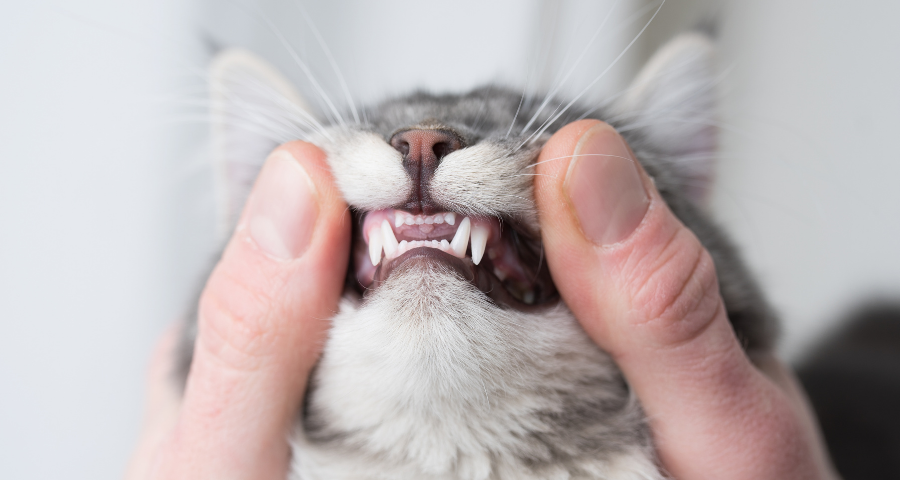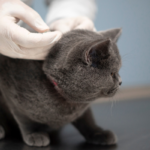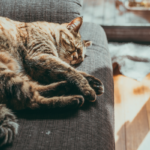Our feline friends can, unfortunately, suffer from a painful dental condition known as feline resorptive lesions (FRL). 60% of susceptible cats will have one of these lesions present by the time they are 6-years old.
What is an FRL, and what causes them?
In an FRL, the tooth is eaten away, leading to exposure of the sensitive pulp of the tooth. They used to be referred to as ‘feline cavities’, but this is not an accurate description, as they are not caused by the presence of plaque and tartar or from eating too much sugar.
The cause of FRLs is still unknown. There are several theories about what causes resorption of the tooth, but none of these theories have been conclusive.
How are FRLs diagnosed?
FRLs are sometimes visible as a little red spot on the tooth and are sensitive to touch. There may also be an erosion of the crown of the tooth. In some cases, there are no visible changes to the tooth and the only way to detect an FRL is to perform and look for changes on dental radiographs.
Why is extraction necessary and what about ongoing care?
FRLs will progress and continue to be painful if they are not extracted. They can cause considerable pain for a cat and lead to reduced appetite and lethargy. Most cats with one FRL will develop other FRLs in the future, so regular dental check-ups, dental cleans under anaesthetic and dental radiographs are essential in these cats.
- Feline resorptive lesions are painful if the tooth is not removed
- They can lead to reduced appetite and lethargy
- Most cats will go on to develop further lesions in the future
- Regular check-ups are essential
If your cat hasn’t had a dental check-up for a while, you should call us and arrange an appointment so we can rule out any issues.





